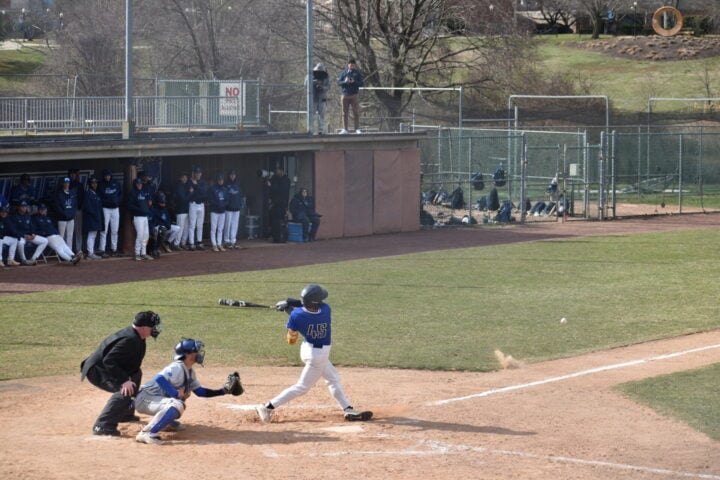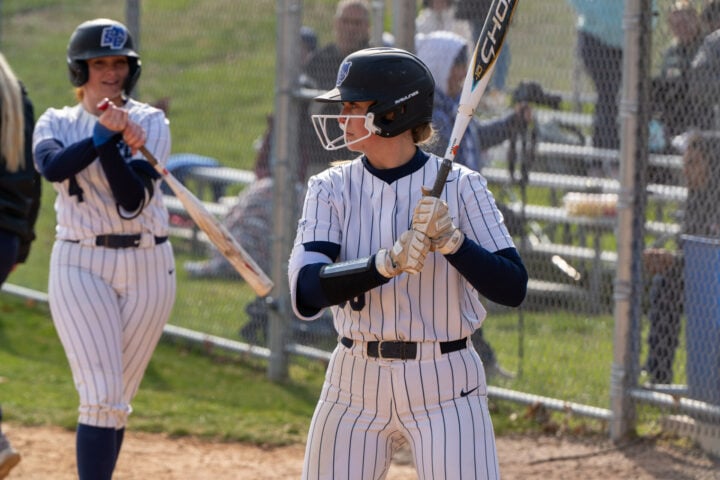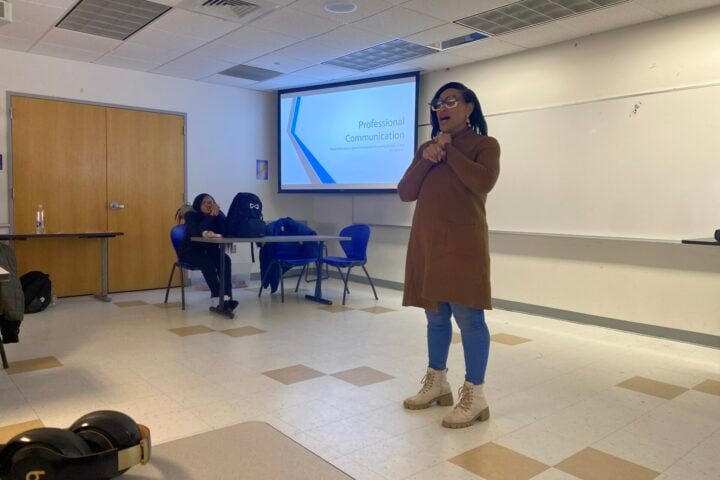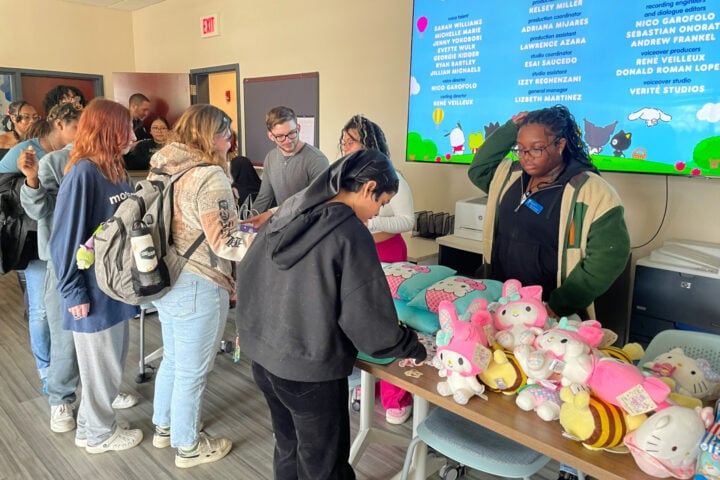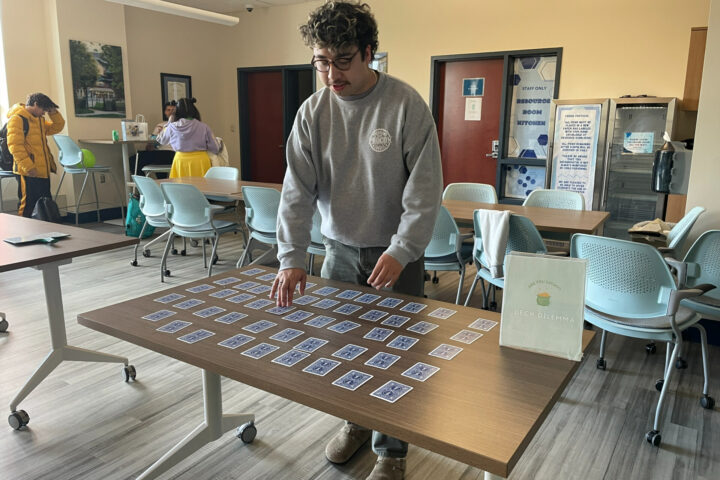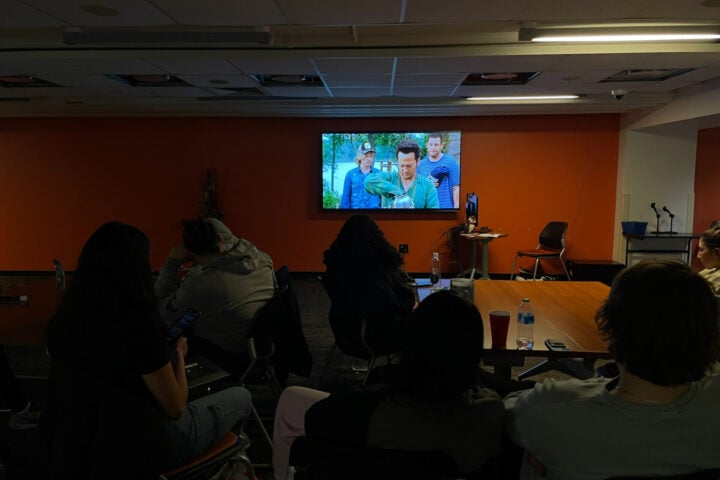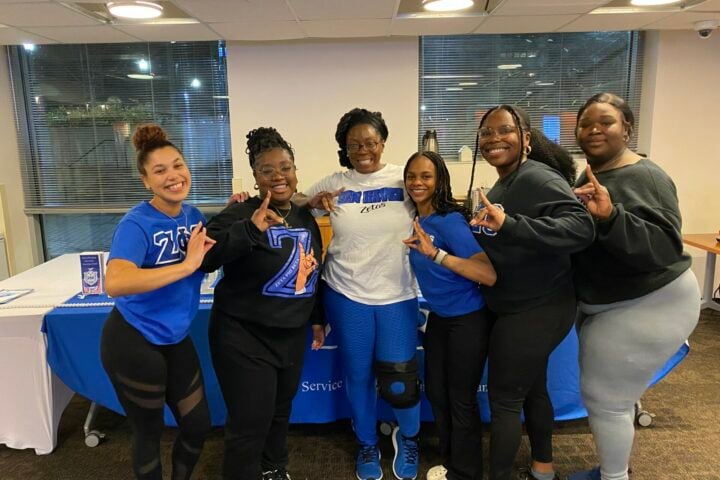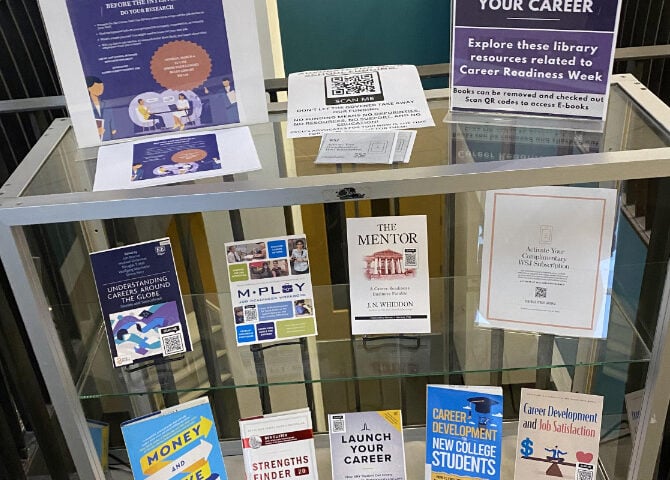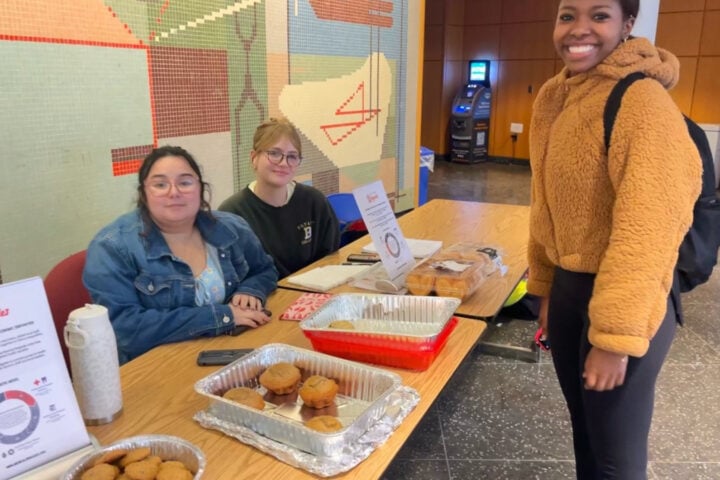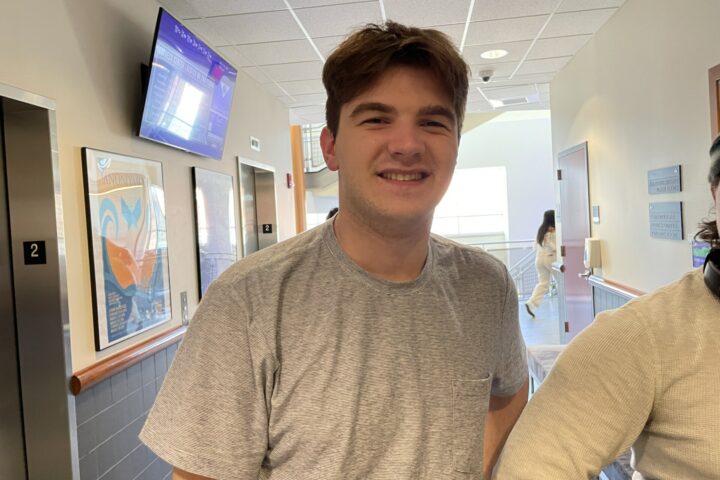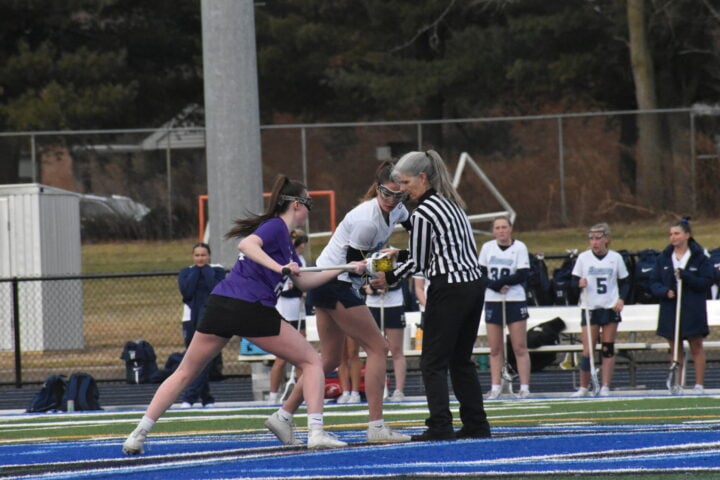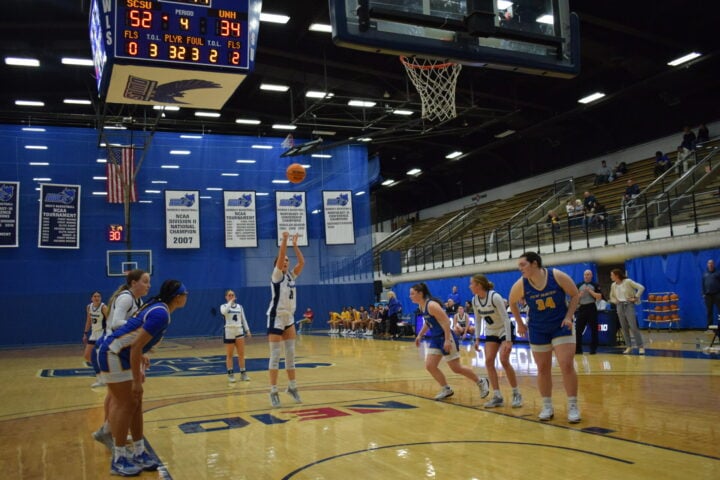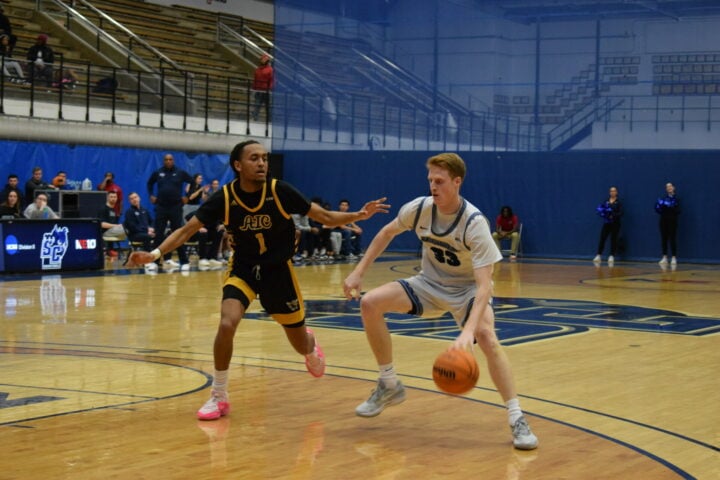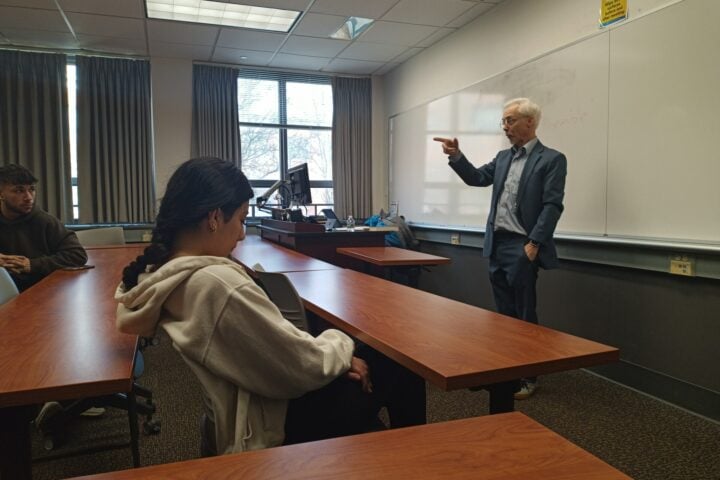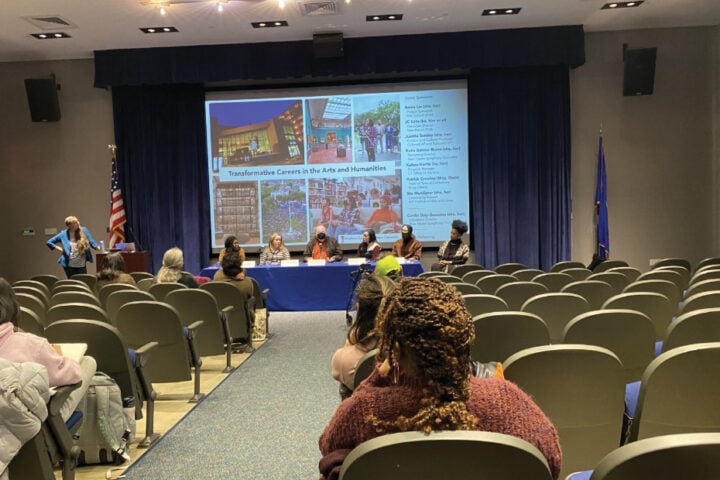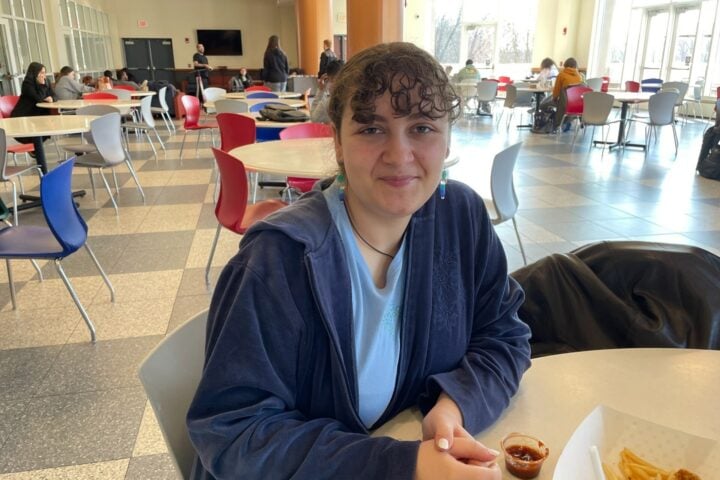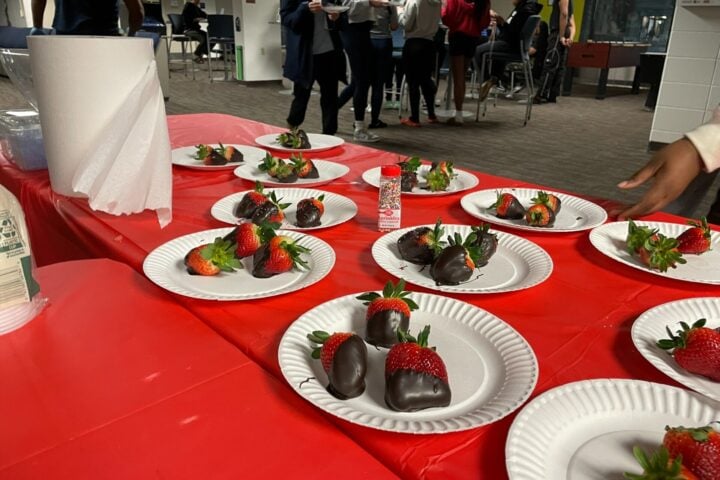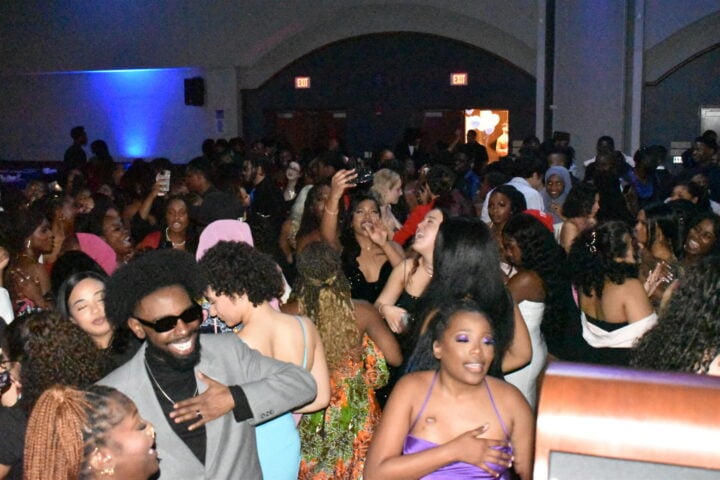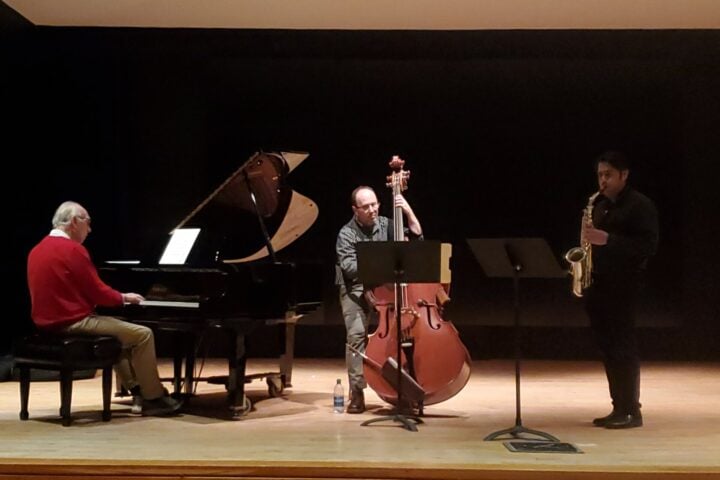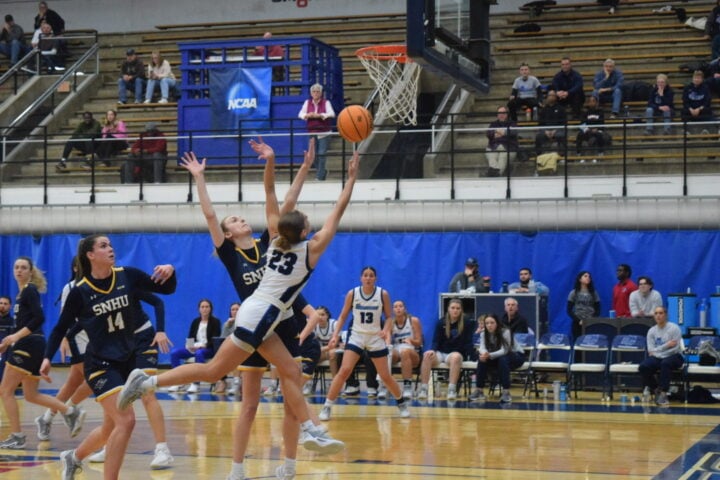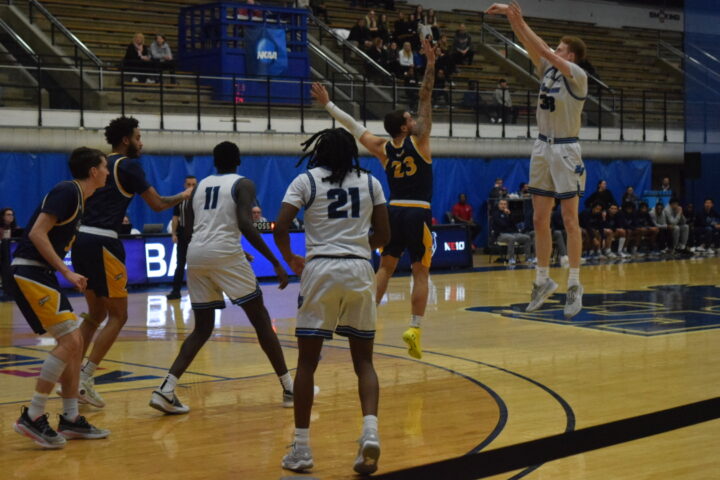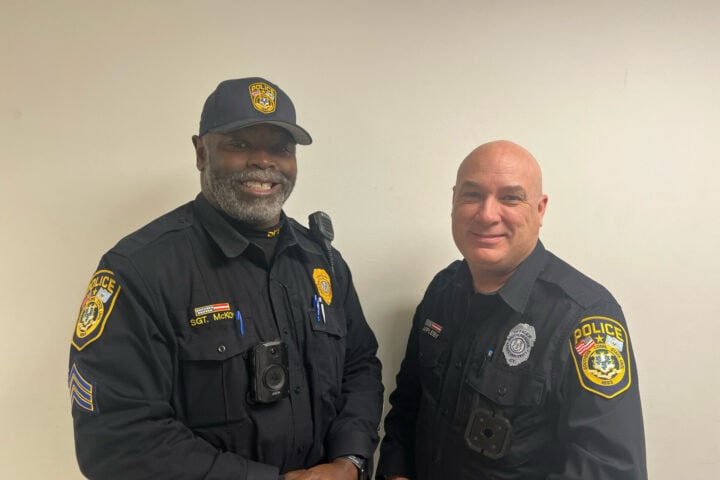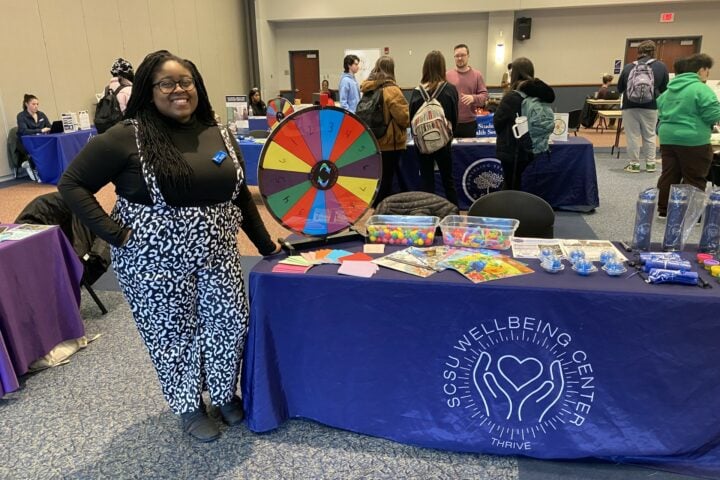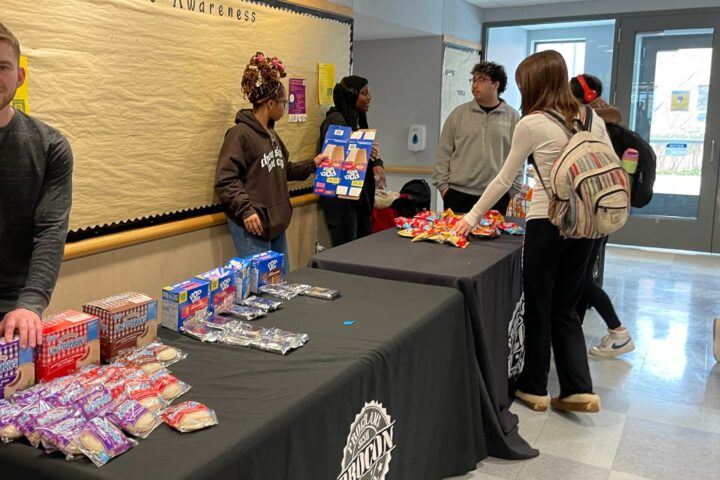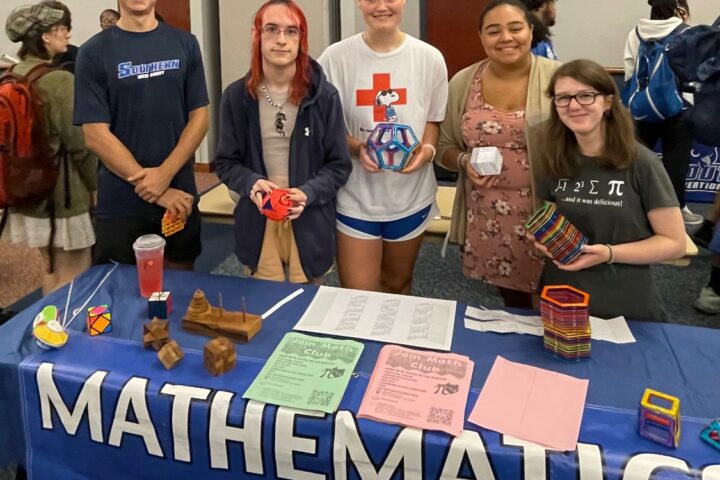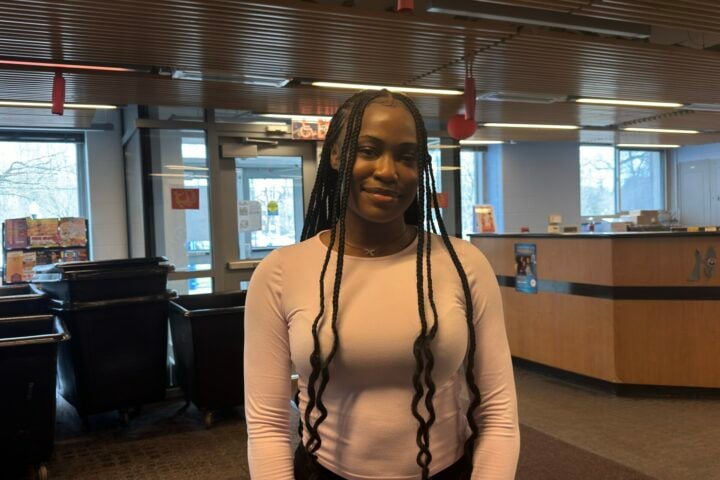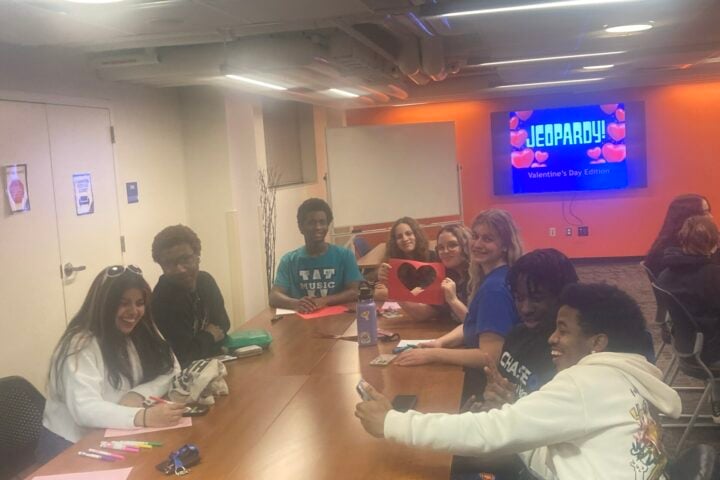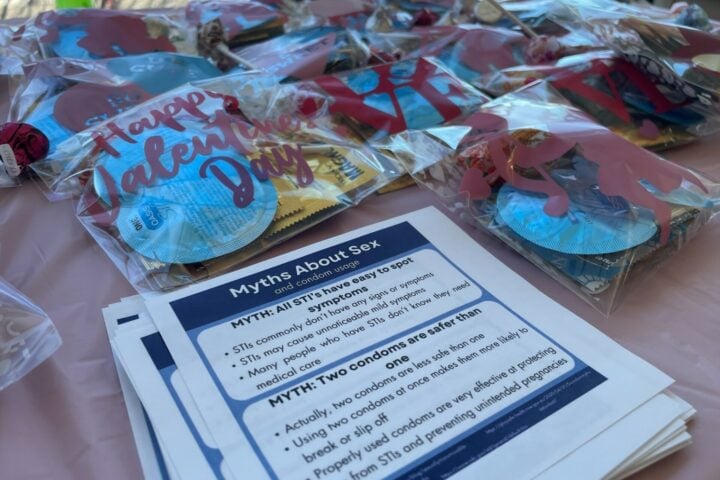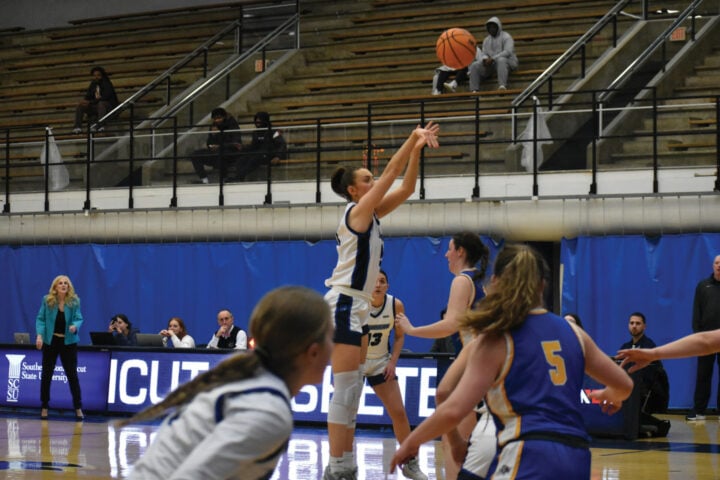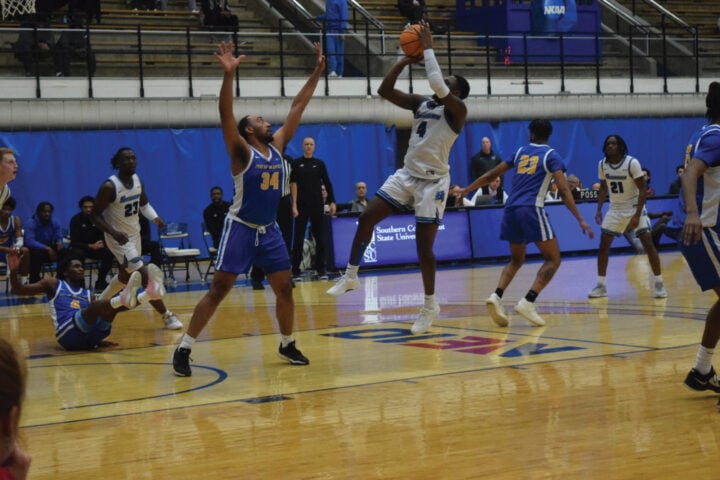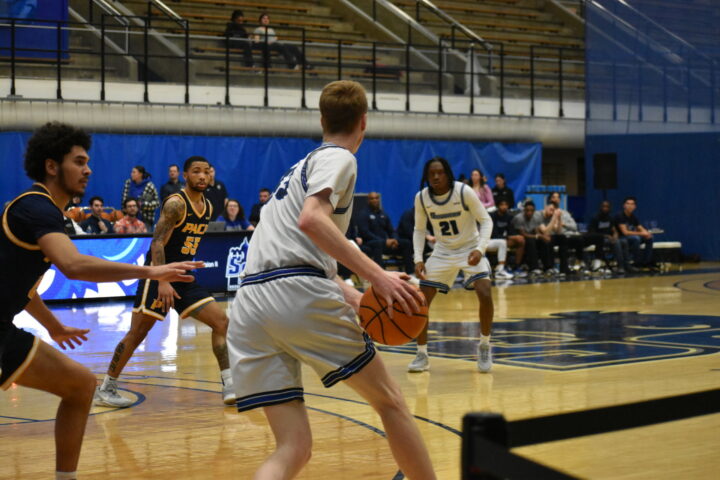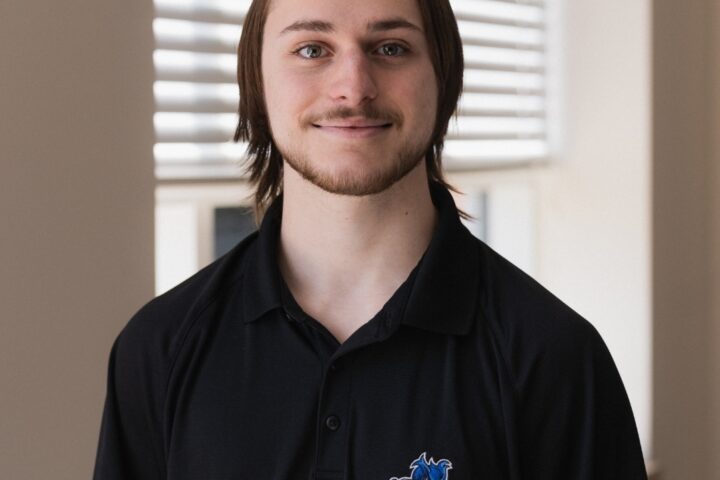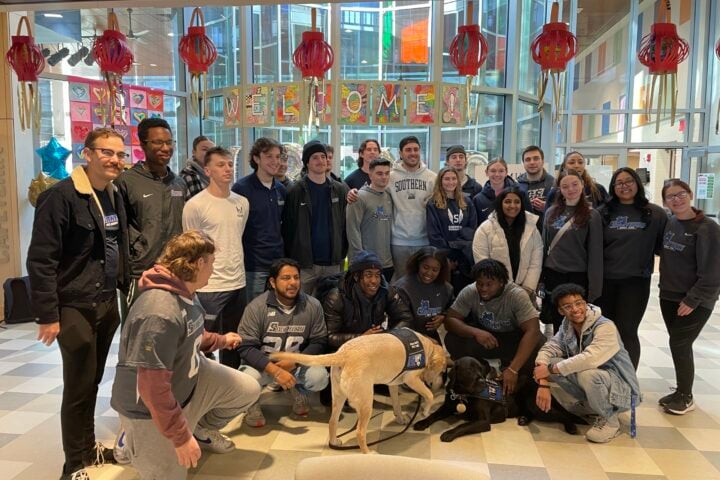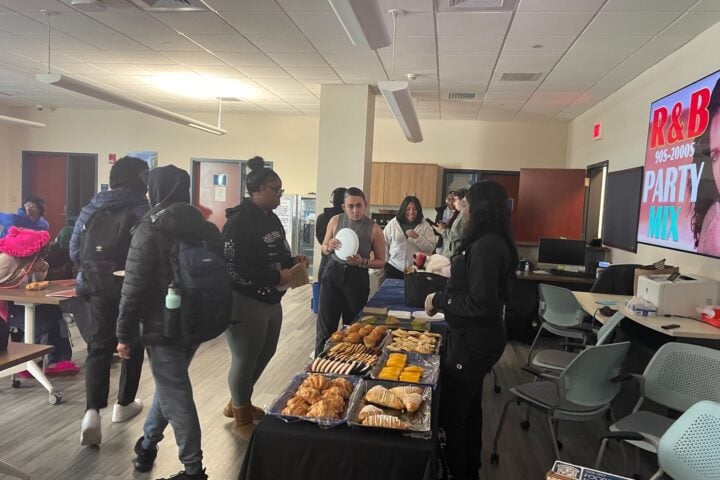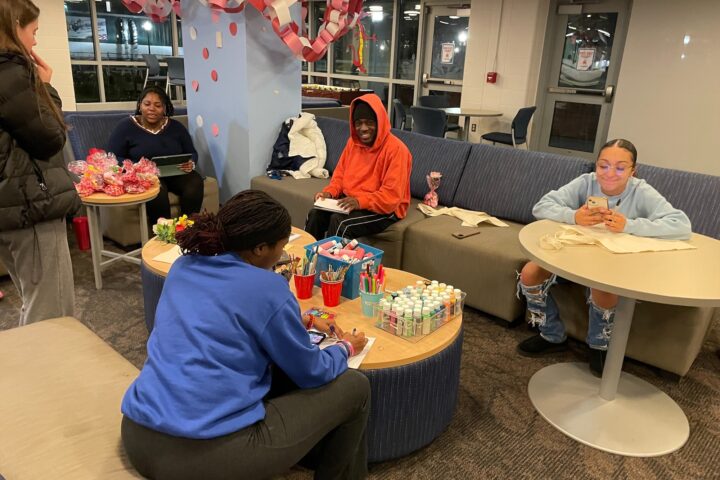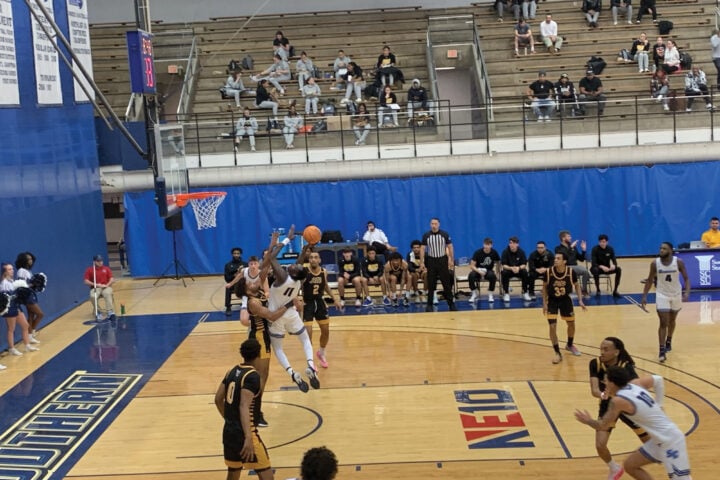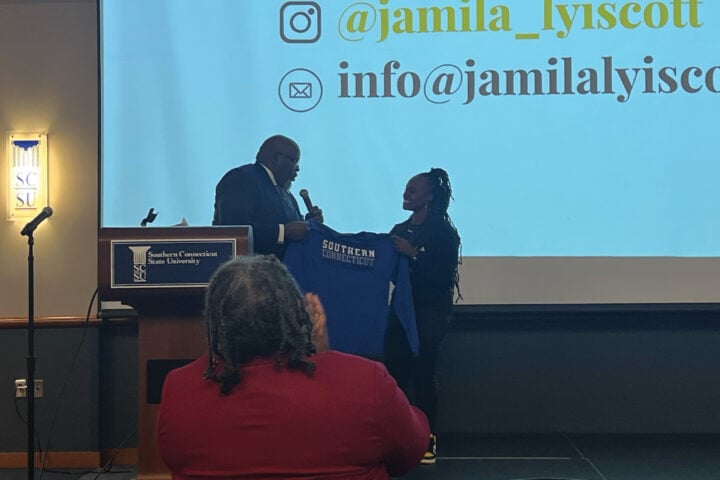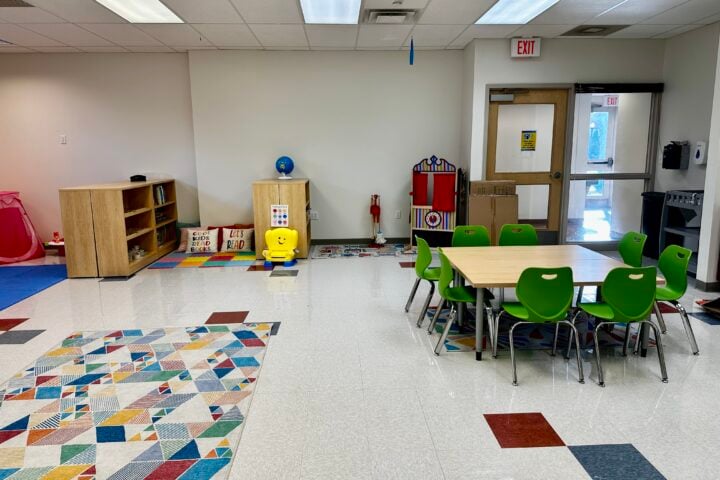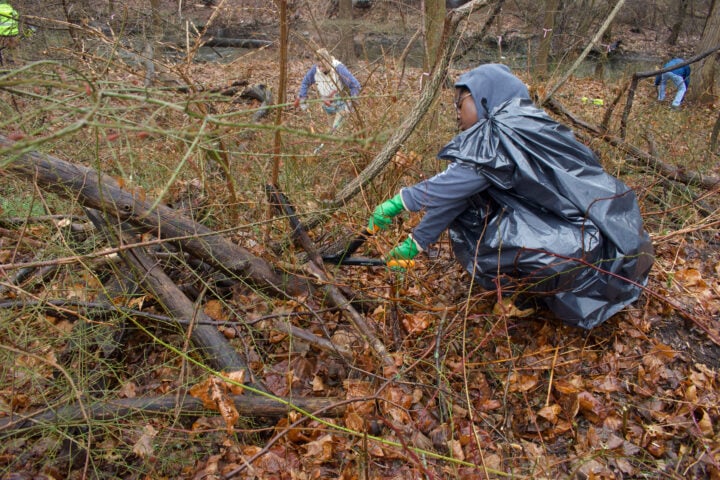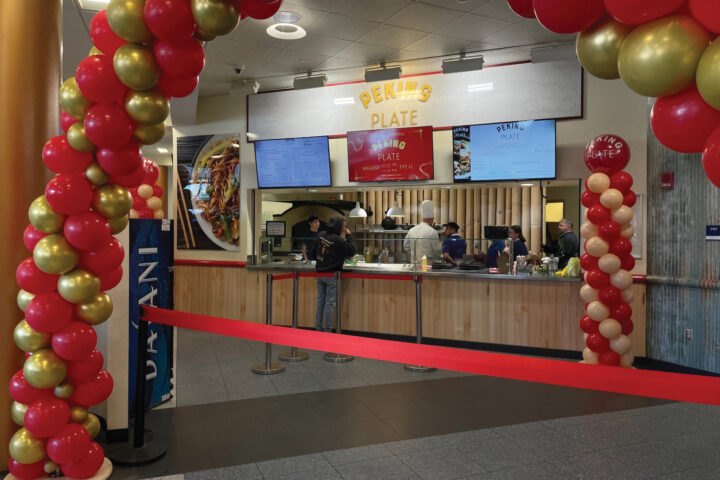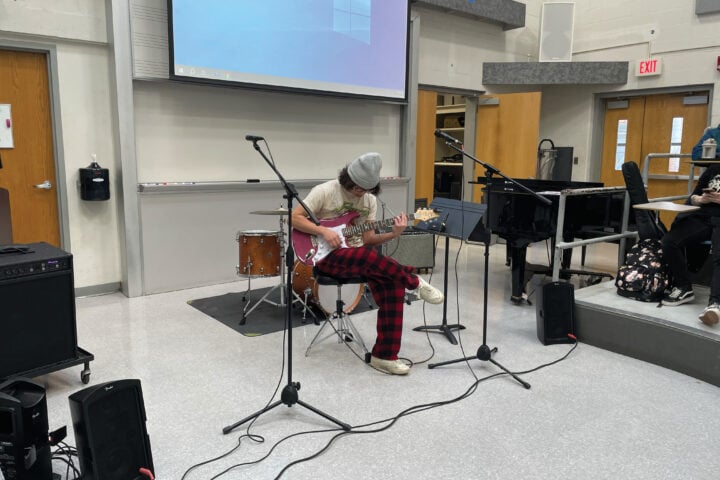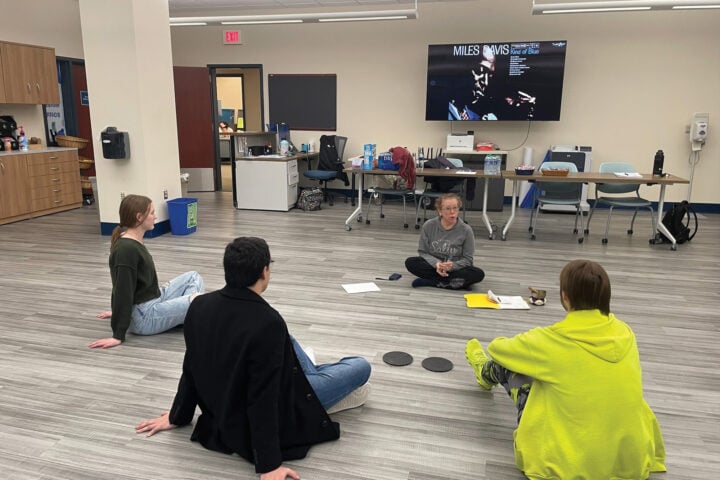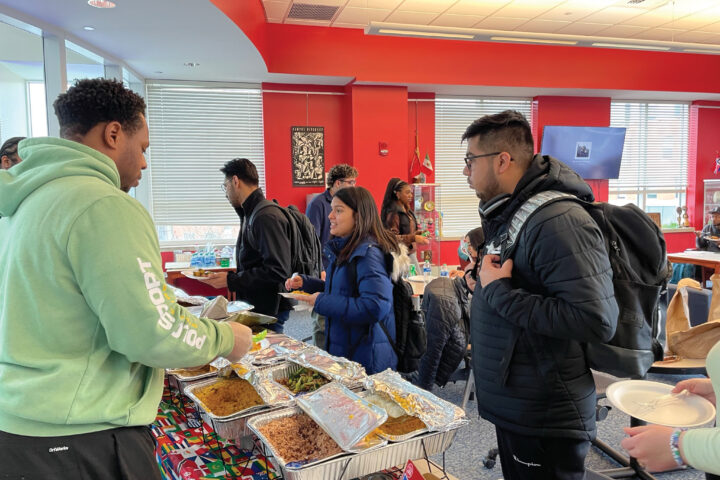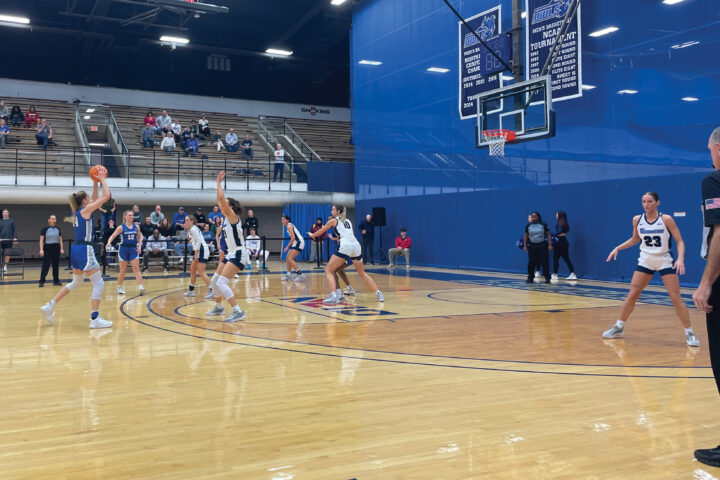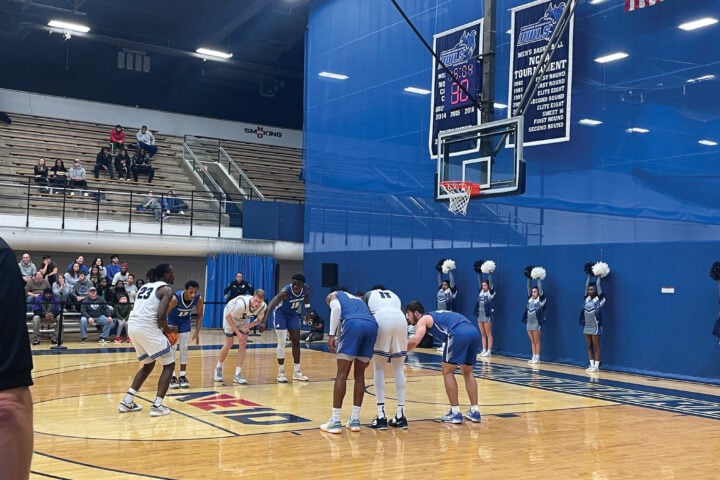Sam Tapper – Sports Writer
Winter break for the typical college student lasts about five-weeks. To some, that may feel like an eternity to be on break. To others, it may not feel like nearly enough time.
Regardless, the five-week period serves as a time for college students to relax and decompress after a semester presumably filled with stress. But not all students are spending these five-weeks back in their hometowns. For the winter sport student-athletes, winter break is in the heart of their season.
“We get one week off, so I do go home — I think it’s six nights, seven days and then you have to be back,” said Owls’ women’s swimming captain and senior Avery Fornaciari. “I think we went home [Dec.] 22 [and] we were back the 29.”
The teams that play during the break are the men’s and women’s track teams, the men’s and women’s swimming teams and the men’s and women’s basketball teams.
For Fornaciari, a Plymouth, Mass. native, the schedule of winter break gets to be “a lot of swimming” as the team trains twice a day while also taking a team trip to Florida.
“We train doubles every day, meaning we’ll train from seven to nine in the morning and then two to 4:30 in the afternoon,” she said.
“The rules are a little different over break because school isn’t technically in session. Then we go to Florida, which is a 10-day trip. We swim in Davie, FL. Those practices are always pretty intense, but it’s fun just being down there so it gives us that break in between the doubles back here, but we did doubles pretty much every day there too.”
Though the swim team finds time to keep up the training schedule, that can be hard for the track team and their head coach John Wallin, as the track team is the outlier among the other winter rosters, as they have mostly Connecticut based athletes.
“What’s difficult about that is that they go home for two weeks or maybe a little less,” Wallin said. “Some of them need a good little break, others do not, so it’s really hard for the ones that don’t need a break because finding facilities to train at where these guys are from can be pretty difficult — you’ve got to find a place to lift, find a place to run and workout.”
Wallin said there’s a seven-day stretch where athletes must “figure it out on their own,” and it is up to them to stay in shape, which he says is easy for some, but tougher for others.
For athletes on the other teams, winter break can be hard because there are no other students on campus and they have little time to spend with their families.
As far as living goes, they typically must fend for themselves as Connecticut Hall, the main dining hall on campus is not open for them to eat meals at.
“There’s been different ways to go about it every year,” Fornaciari said. “My freshman year the teams used to have to provide the athletes’ meals, then they started putting money on Hoot Loot for people who were on campus. They get $400 for the break, I think but it’s still limited to Dunkin’ Donuts, Three Brothers, Pizza Heaven, all the places that take Hoot Loot. But for the people off-campus, we don’t get that money which is kind of a shame.”
Though the experience of “fending for yourself” can differ depending on the athlete, it is safe to say the experience is an extra lesson in teaching independence. For men’s basketball big man and senior Taurus Adams II, who is from Milwaukee, Wis., the experience over four years taught him the importance of grocery shopping and how to cook at home.
“It definitely was tough when I was younger. The coaches give you money that goes on your Hoot Loot and you eat out all the time,” Adams said. “But as I got older, I started learning how to cook more stuff; grocery shopping became a big thing. I’ve gotten better over time, at the end of break this year I had around $150 left on my Hoot Loot and my freshman year I was out of Hoot Loot money in a good few weeks. It definitely helped me see it’s not always good to eat out all the time.”
For the athletes, the consensus was that despite their inability to spend an extended period home, and the constant rigors the schedule during the break session can bring, the experience and final product is well worth the sacrifices they have to make.
“Once you get to the last day of those six-seven days [at home], you’re like ‘dang, I already have to go back,’” said women’s basketball senior guard Imani Wheeler. “It is hard, but they all know what I’m here for so they’re understanding, and we talk on the phone every day.”












